Hello Huntington... Arrival And A Docent Tour 7/11/2012 (Page One)
Birthdays are special occasions to share with special people so we decided that the Huntington Library and Botanical Gardens was the place to go!
Did You Know? - The Huntington's botanical gardens cover 120 acres (485,624 m?) and the theme gardens contain rare plants from around the world. The gardens are divided into more than a dozen themes, including the Australian Garden, Camellia Collection, Children's Garden, Desert Garden Conservatory, Rose Hill Foundation Conservatory for Botanical Science, Desert Garden, Herb Garden, Japanese Garden and Zen Garden, Lily Pond, North Vista, Palm Garden, Rose garden, Shakespeare garden, Subtropical and Jungle Garden, the Chinese Garden (Liu Fang Yuan ??? or the Garden of Flowing Fragrance) now open in the northern area of the property, and America's largest collection of the sculptural and 'palm-like' Cycads.

The Silver Bullet makes the trip again

Unpacked... We are ready
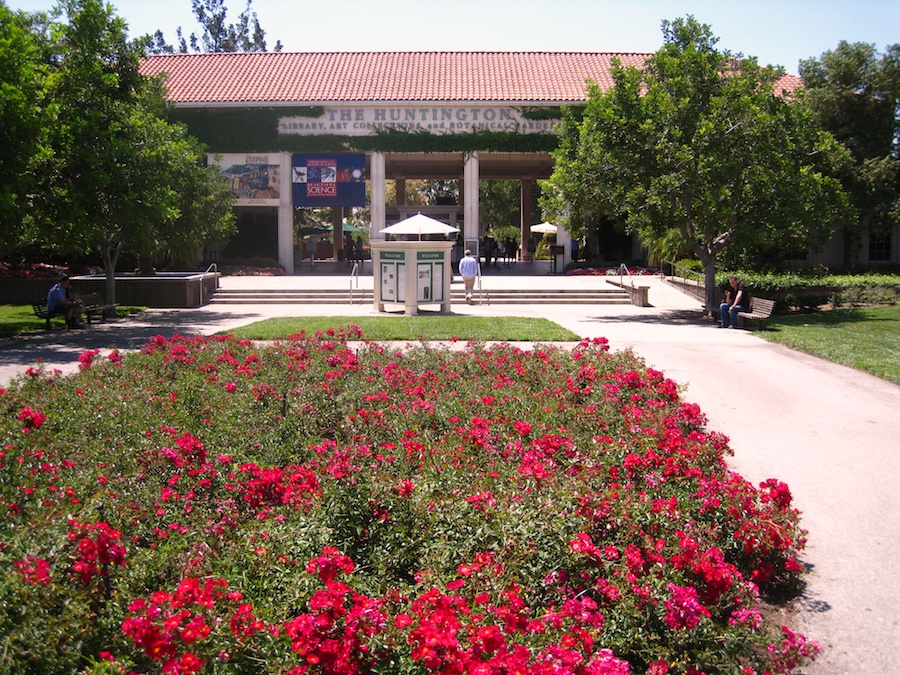
A magnificant and warm day!
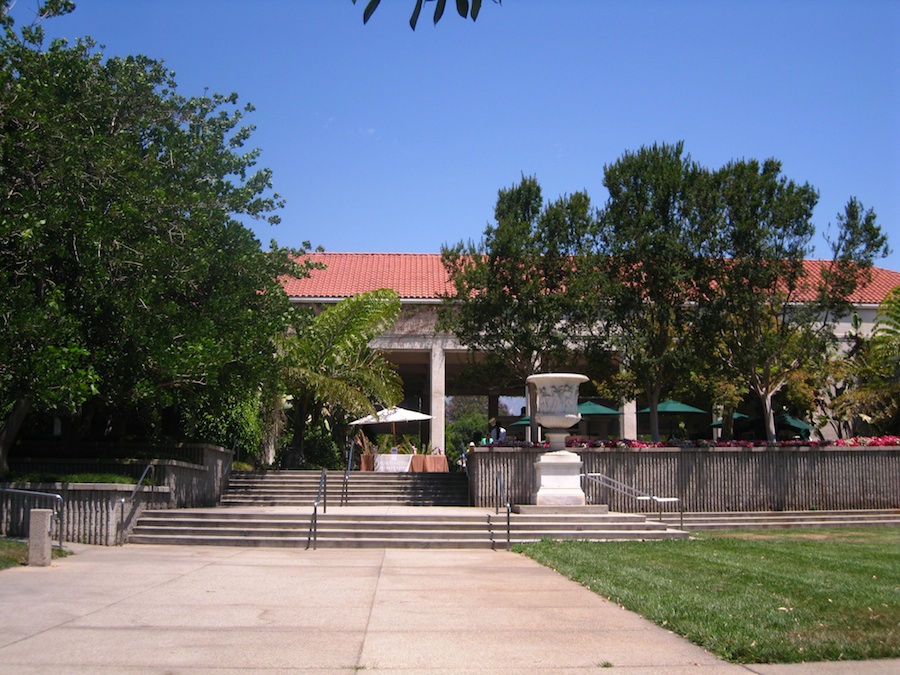
We Await The Docent
Did You Know? - Museum docent is a title given to persons, usually on a voluntary basis, who serve as guide and educators for the institution they serve. The position is ancient in origin, though the role has evolved through the centuries. The English word itself is derived from the Latin word doc?ns, is the present active participle of doc?re (to teach, to lecture). Cognates of this word are found in several extant Romance Languages and are often associated with university professors or teachers in general. In many cases, docents, in addition to their prescribed function as guides, also conduct research utilizing the institution's facilities. They are normally volunteers.

A "Strawberry Tree"
Did You Know? - Arbutus unedo, commonly called Strawberry Tree, Apple of Cain, or Cane Appe is an evergreen shrub or small tree in the family Ericaceae, native to the Mediterranean region and western Europe north to western France and Ireland. Due to its presence in South West Ireland, it is known as either an Irish strawberry tree, or a Killarney strawberry tree.

Did You Know? - The fruit mainly serve as food for birds but in some countries they are used to make jam and liqueurs (such as the Portuguese medronho, a kind of strong brandy).
The Aquardente de Medronhos is a strong spirit, a traditional fruit brandy from Portugal, obtained from the fruit of the Medronho tree, Arbutus unedo, also called strawberry tree. Medronho trees grow wild on the poor soils in rural regions of Portugal such as Alentejo and the inner Algarve.
There is no commercial plantation of the trees and the fruits are mainly collected by local farmers, by hand and processed privately. Therefore, good Aquardente de Medronhos can't be bought in supermarkets but directly from these farmers. Very few farmers have a license for distillation, but are tolerated by the authorities to keep alive this traditional Portuguese speciality.
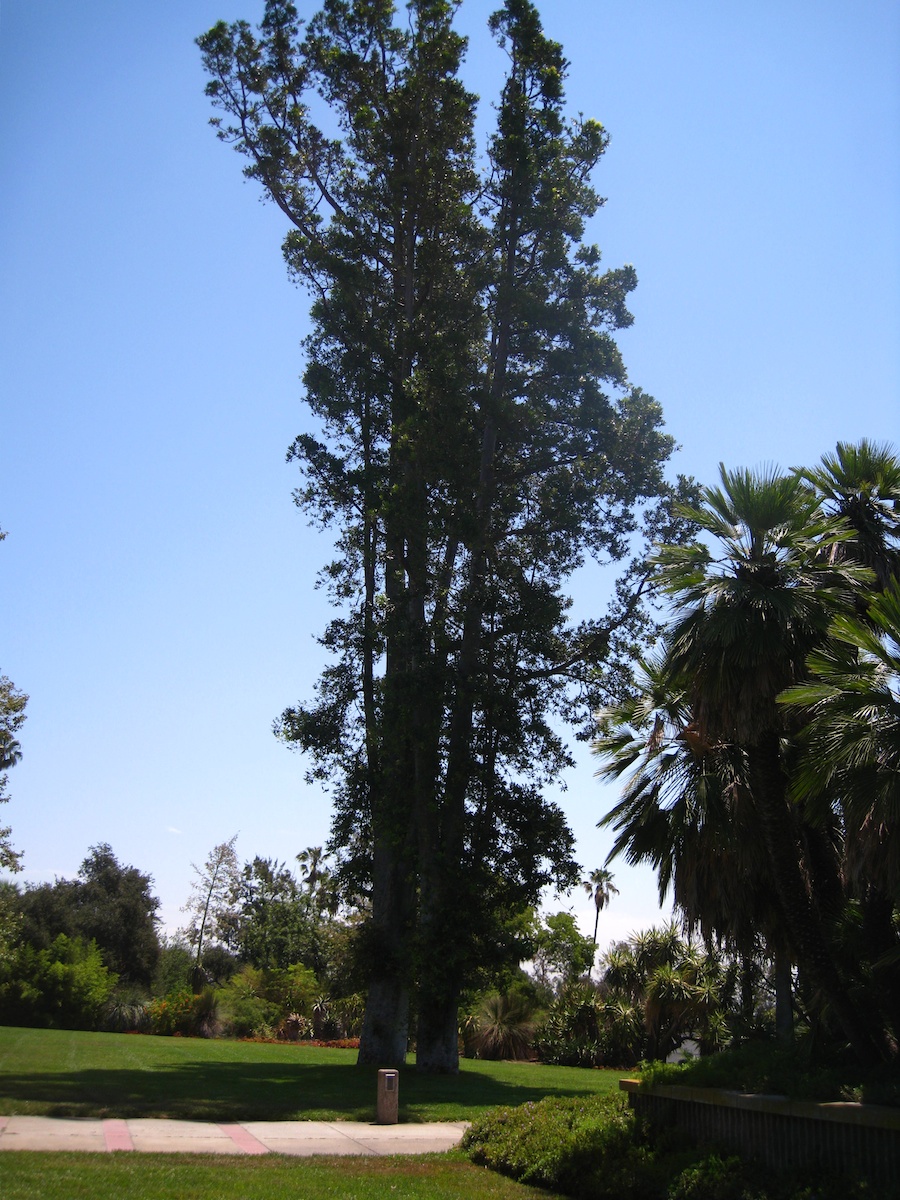
It's a pine tree... Believe it or not!

Ed... Our docent for the day... arrives

We did NOT do the desert this day as it was already 90 degrees
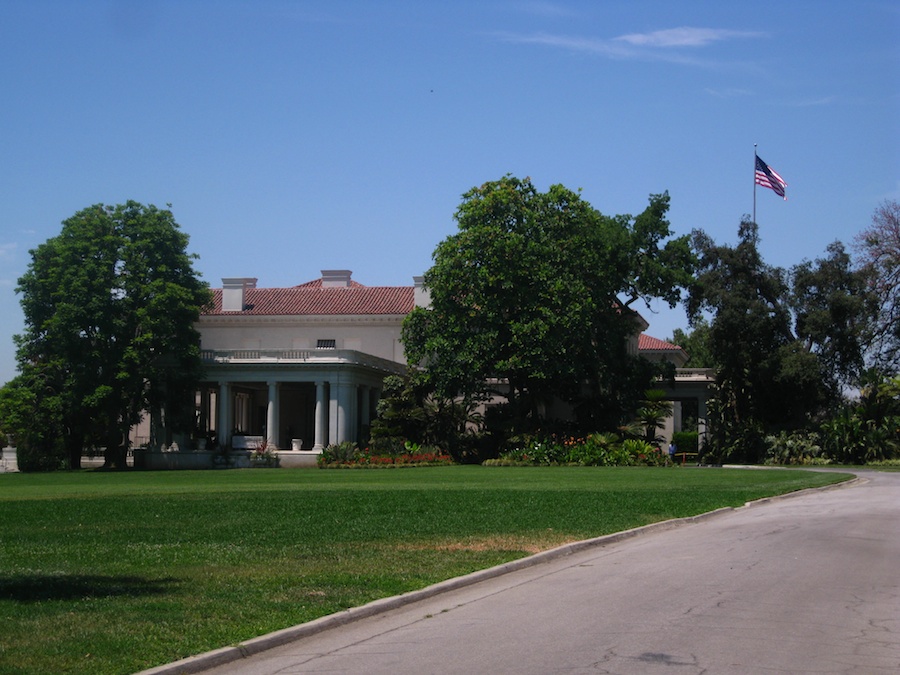
The main house

Everything was green

The agapantha's were magnificent
Did You Know? - Agapanthus is commonly known as "Lily of the Nile" ('African lily' in the UK); but it is not a lily and all of the species are native to South Africa, from the Cape of Good Hope to the Limpopo River.

About to bloom

The cooling of the plants was appreciated this day!

So... What are the slots????
Did You Know? - Slots were placed on the pilars on both sides of the formal entrance ways to homes so that when a carriage pulled by horses is pulled up, a wooden board is placed into the slots to keep the horses from moving and making it wasy for the passengers to get on or off the carriage.
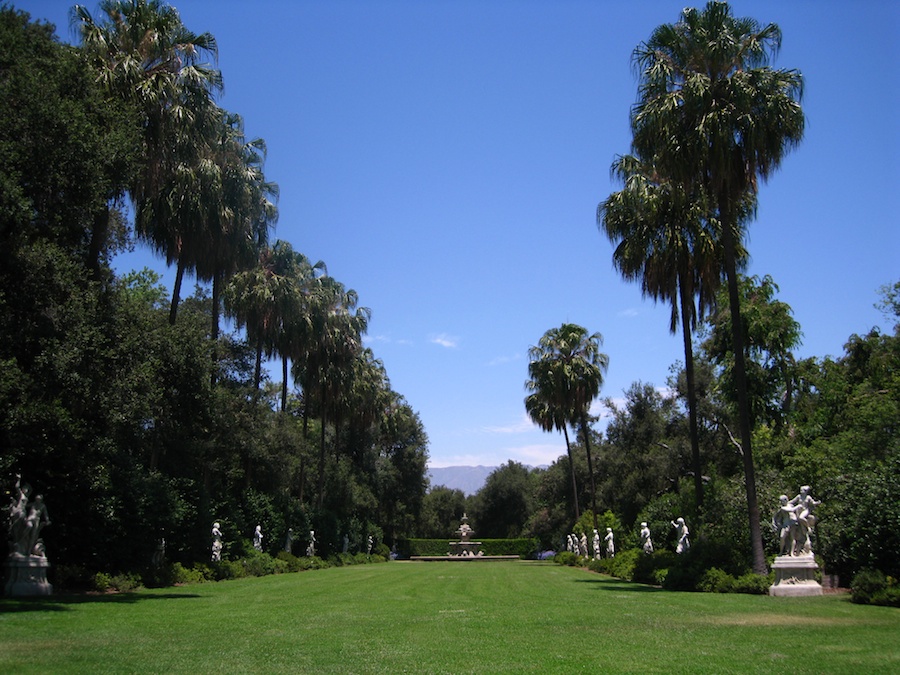
The view from the back of the house reveals the severe wind storm on 2011
took out some palm trees, one statue, and several California Oaks

He has been hidden for a long time but some appropriate tree trimming made him visible again
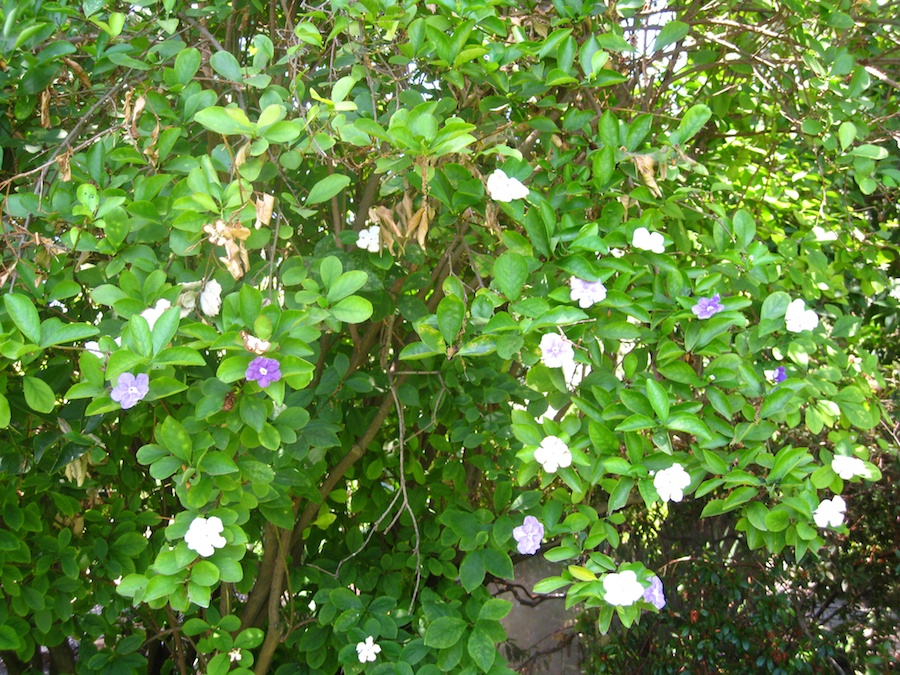
Tree is a past-present-future tree - Blossoms change colors
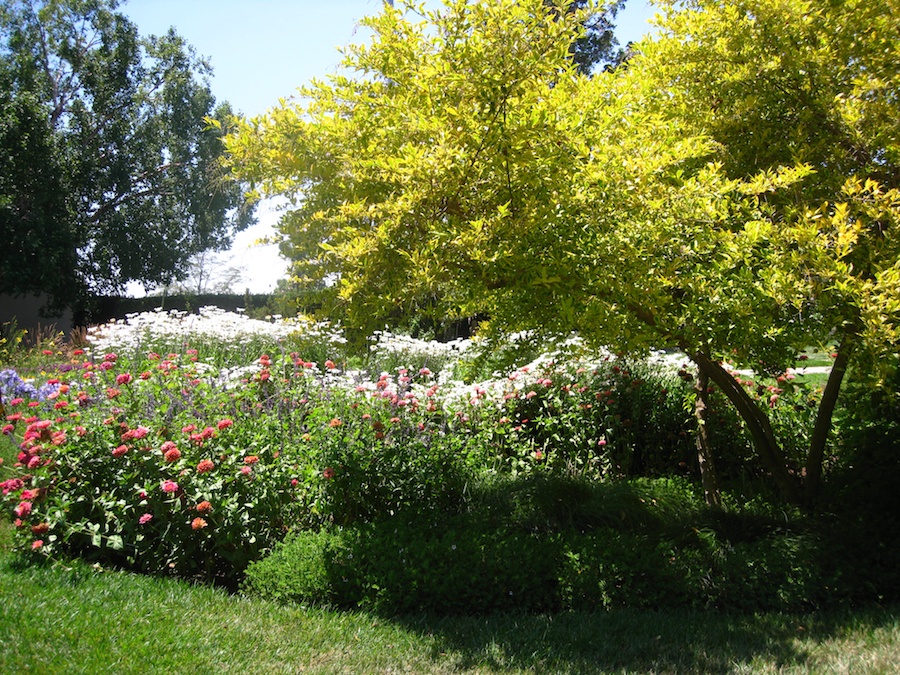
The Sharespear garden is now the Elizabethan Garden

The garden is beautiful this time of year

The white roses were prolific
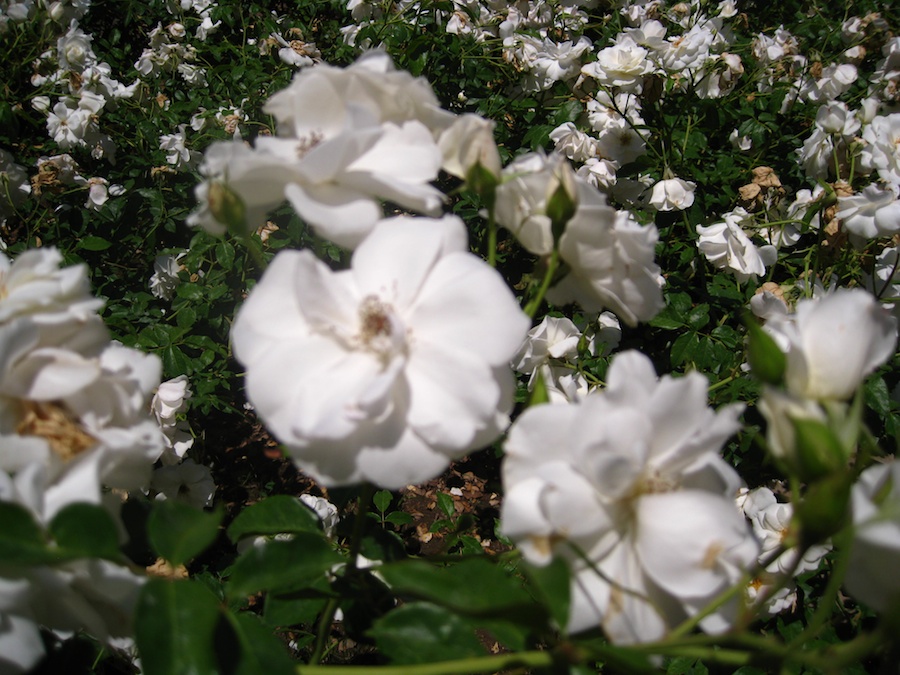
Snowballs everywhere
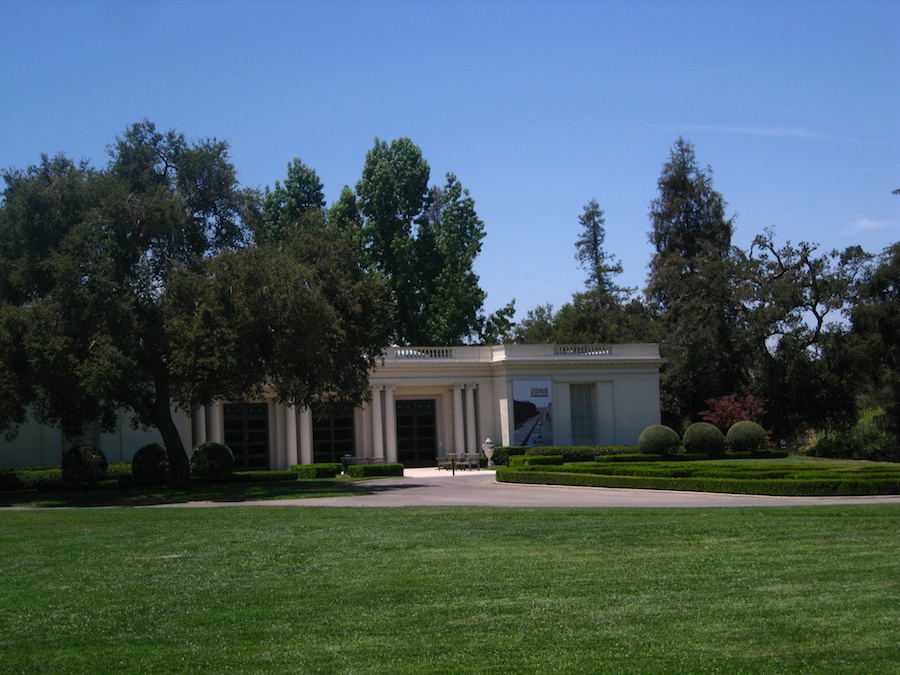
This is the garage.... The doors are big because in those days they were carriages and not cars
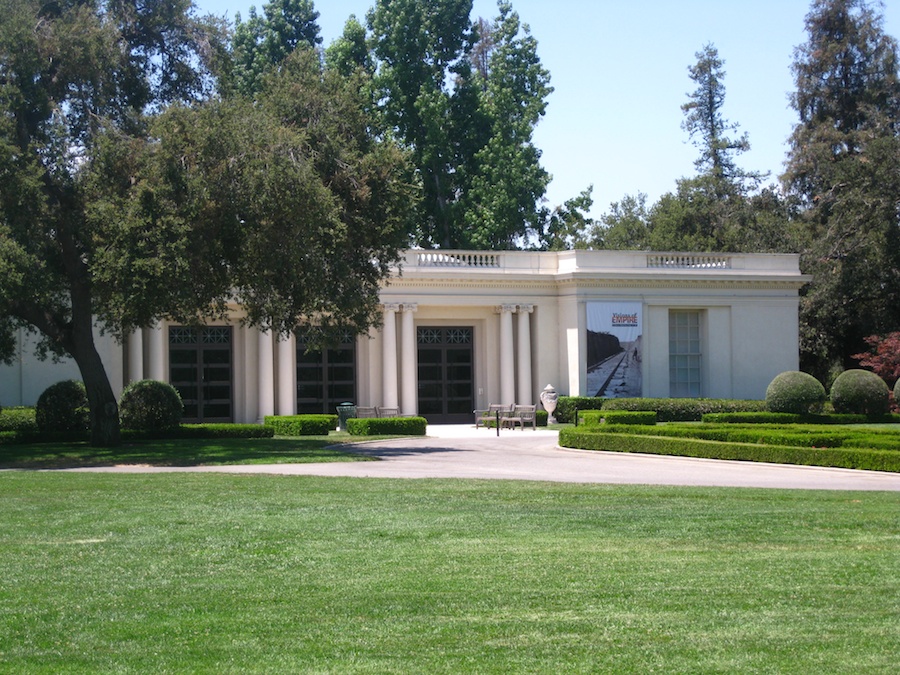
It houses the train displays until August 2012

Did You Know? - In a petition submitted to the U.S. Congress on Jan. 29, 1845, New York merchant Asa Whitney proposed one of the most audacious ventures in American history: the construction of a railroad from Lake Michigan to the Pacific Ocean, spanning two-thirds of the North American continent. In bold and stirring words, describing how such a rail network would revolutionize "the entire commerce of the world," Whitney urged the federal government to underwrite the ambitious project.
Whitney's vision, although neither the first nor the last of its kind, ignited the imagination of many Americans and embedded the notion of a transcontinental railroad in the ongoing national debate about the young republic's destiny. Over the next four decades, many similar visions, ranging from the wildly improbable to the immensely practical, would captivate popular attention and enthusiasm, even after the completion of the first transcontinental railroad on May 10, 1869.
To tell the story of this extraordinary achievement and its implications, The Huntington will mount a major exhibition, "Visions of Empire: The Quest for a Railroad Across America, 1840-1880," running from April 21 through July 23 in the MaryLou and George Boone Gallery. The exhibition coincides with the sesquicentennial of the passage of the Pacific Railroad Act in 1862.
To The Oriental Gardens
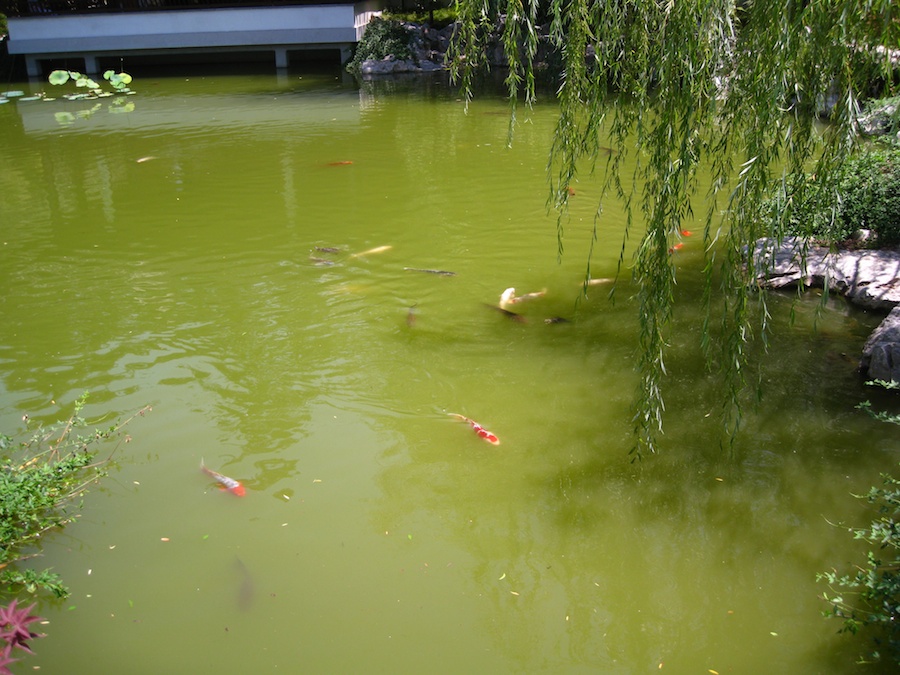
These are called "carp" in China and "koi" in Japan.... Same fish!
Did You Know? - There is a long tradition of carp in Chinese culture and literature. A popular lyric circulating as early as two thousand years ago in the late Han period includes an anecdote which relates how a man far away from home sent back to his wife a pair of carp (Chinese: ??; pinyin: Liyu), in which, when the wife opened the fish to cook, she found a silk strip that carried a love note of just two lines: "Eat well to keep fit" (first line) and "Missing you and forget me not" (second line).

The turtles were having fun
Did You Know? - The pearly white flesh - complicated by a series of bones - is said to taste like cod or described as tasting like a cross between scallops and crabmeat. They are low in mercury because they do not eat other fish.
To make the fish more appealing to American consumers, the fish have been renamed silverfin or Kentucky tuna. Volunteer efforts to increase the popularity further include making and selling carp-based dishes and using the entrails to make fertilizer. Carp caviar is also increasing in popularity and is an alternative to further endangering sturgeon.

The water flowers were in bloom
Did You Know? - Lotus rootlets are often pickled with rice vinegar, sugar, chili and/or garlic. It has a crunchy texture with sweet-tangy flavours. In Asian cuisine, it is popular with salad, prawns, sesame oil and/or coriander leaves. Lotus roots have been found to be rich in dietary fiber, vitamin C, potassium, thiamin, riboflavin, vitamin B6, phosphorus, copper, and manganese, while very low in saturated fat.
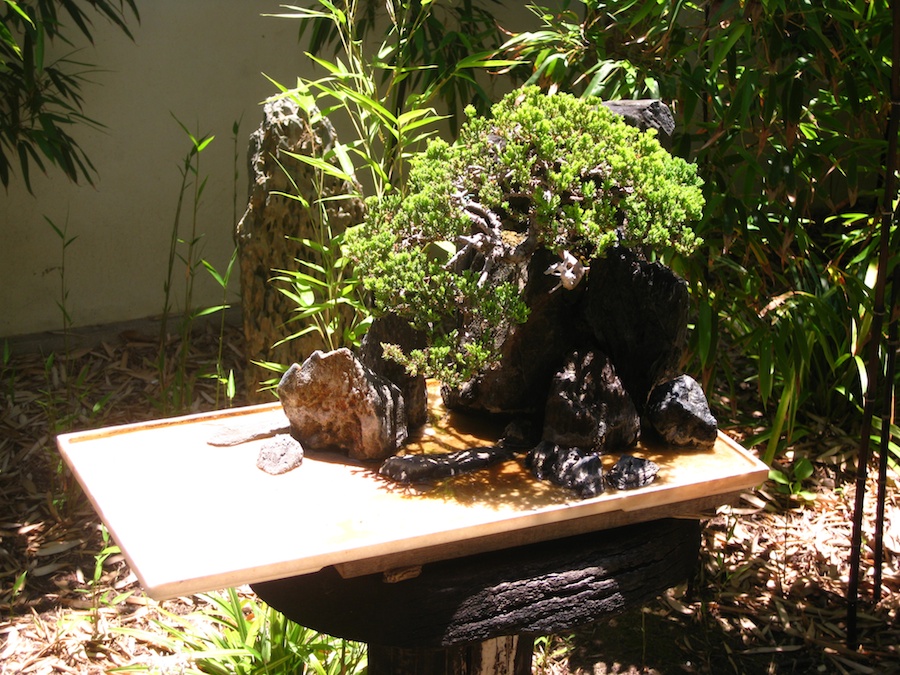
Chinese bonsai is called
penzai
Did You Know? - Bonsai (???, lit. plantings in tray, from bon, a tray or low-sided pot and sai, a planting or plantings, is a Japanese art form using miniature trees grown in containers. Similar practices exist in other cultures, including the Chinese tradition of penjing from which the art originated, and the miniature living landscapes of Vietnamese h?n non b?. The Japanese tradition dates back over a thousand years, and has its own aesthetics and terminology.
"Bonsai" is a Japanese pronunciation of the earlier Chinese term penzai. A "bon" is a tray-like pot typically used in bonsai culture. The word bonsai is often used in English as an umbrella term for all miniature trees in containers or pots, but this article focuses on bonsai as defined in the Japanese tradition.
The purposes of bonsai are primarily contemplation (for the viewer) and the pleasant exercise of effort and ingenuity (for the grower). By contrast with other plant cultivation practices, bonsai is not intended for production of food, for medicine, or for creating yard-size or park-size gardens or landscapes. Instead, bonsai practice focuses on long-term cultivation and shaping of one or more small trees growing in a container.

Keeping the penzai properly watered is essential

Amazing colors in a Chinese garden

Buildings are part of a Chinese garden

The waterfalls are now open since the Japanese garden refurbishment has been completed
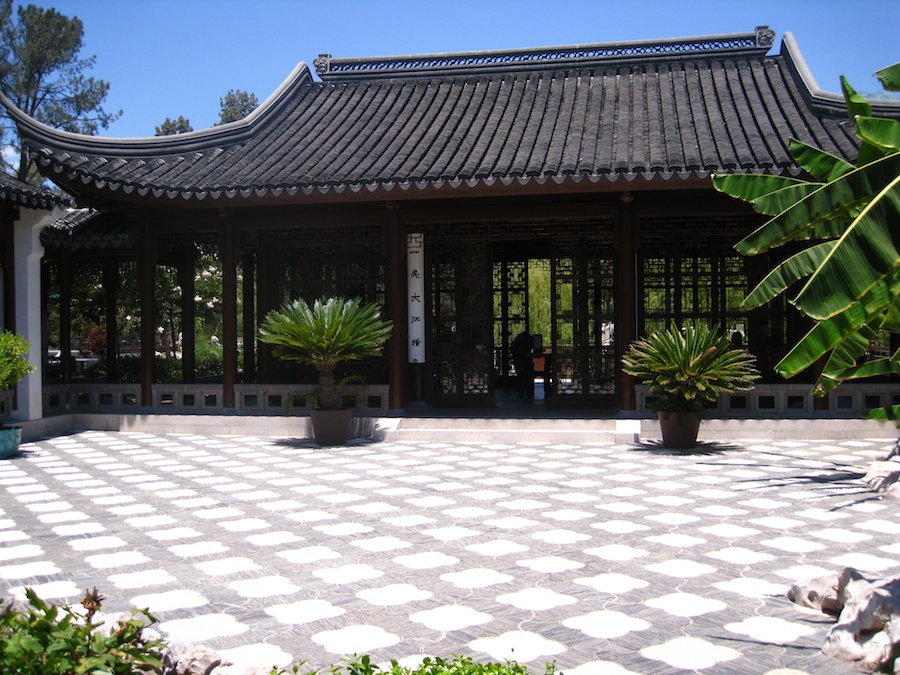
Hand laid rocks and pattersns
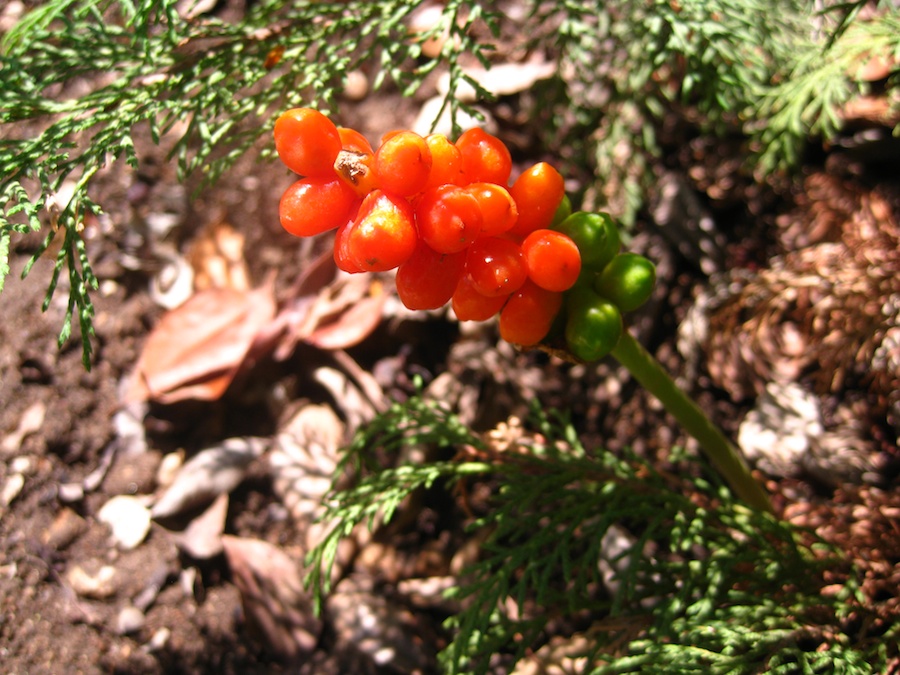
Hidden away from sight....